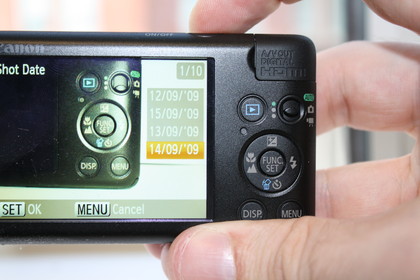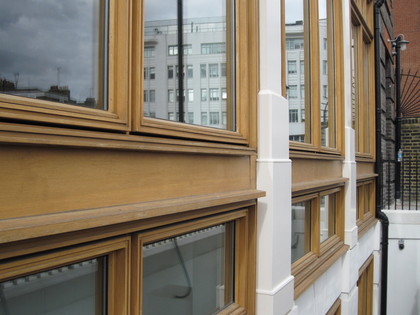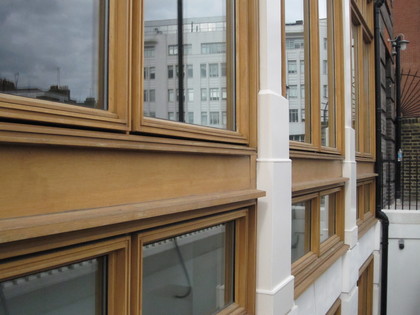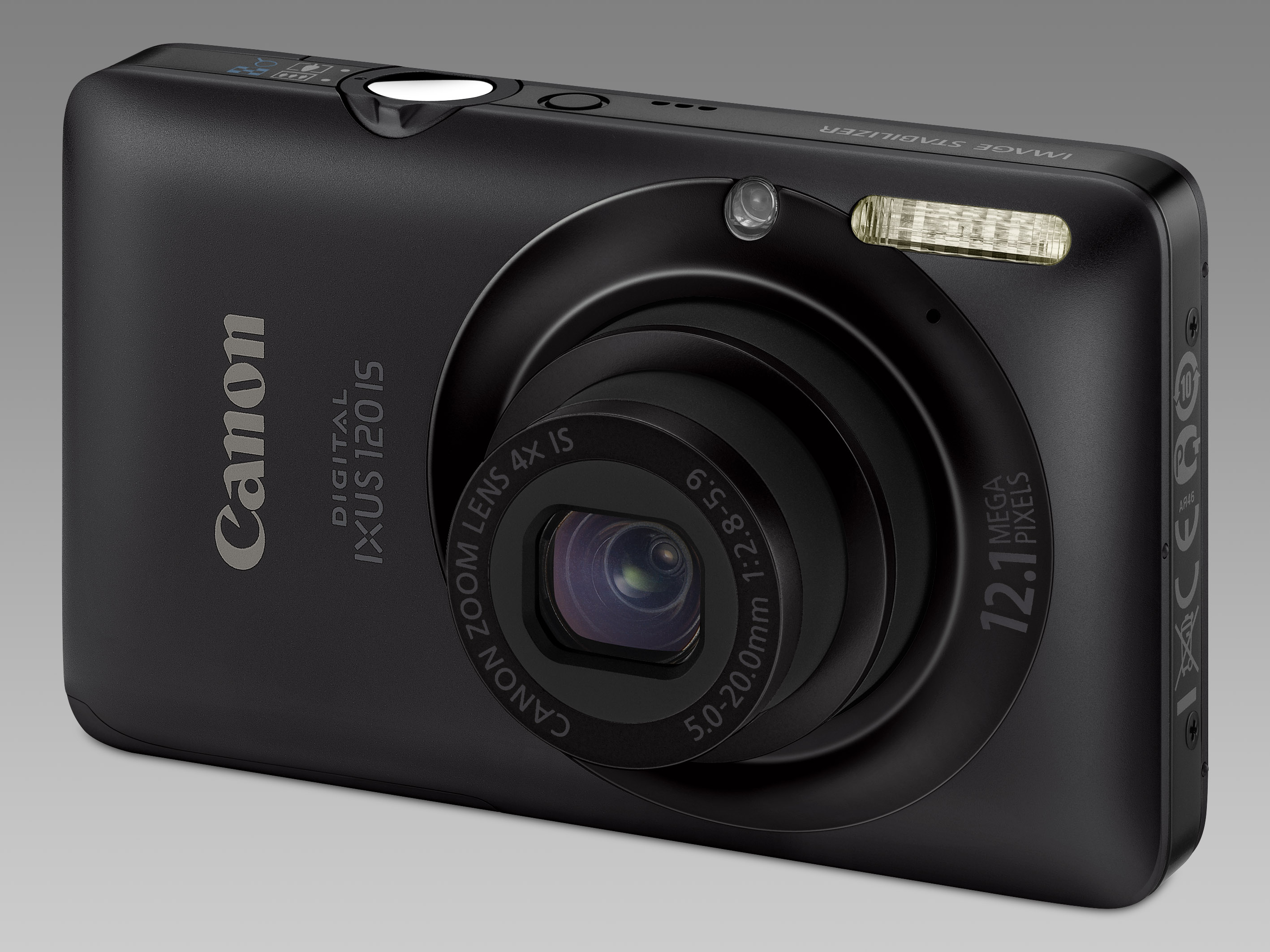Why you can trust TechRadar

Photography purists generally despise fully automatic modes, but the majority of people who buy this type of camera seldom end up using anything else.
In that sense, it works very well, switching effortlessly between modes and settings to deliver broadly decent shots in most situations.
The ability to override the flash is handy, letting you get close to objects without drowning them in light. We threw a variety of different scenarios at the 120 IS, and couldn't find fault with both its choice of setup and the results it delivered.

COLOUR ACCENT: Color Accent is simple to use and fun to experiment with
The DIGIC 4 processor is found in such lofty equipment as Canon's EOS 5D SLR, so we had little doubt as to its image-processing credentials.
And sure enough, its efforts in tandem with the 12.1-megapixel sensor produced excellent results. Colours were accurate and punchy, details were crisp and sharp, and the whole thing happened pleasingly quickly.
An initial overview of the spec had us grumbling about 'only' 4x optical zoom, especially with rivals at the high end of the compact market offering as much as double that. But having spent some time with the IXUS 120 IS, we take it all back.

ISO 200: At ISO200, the image is still sharp on screen, but at 100% zoom edges are already losing their sharpness
We'd much prefer a lens that performs well throughout a modest zoom range than one that pushes the envelope regardless of the effect on quality.
There's only the slightest hint of softness at full zoom, and certainly not enough to seriously affect overall quality. We do take issue with the whole 'wide-angle' billing, however.
To our mind, a 28mm-equivalent lens on a compact camera hardly qualifies as wide angle, and we suspect its only Canon's marketing department that really takes this seriously.

ISO 800: At ISO800 the image is beginning to look muddy
Another by-product of overly ambitious zoom magnifications is that the camera becomes virtually unusable at full zoom without a tripod, regardless of the image-stabilising wizardry on board.
Canon's approach is a lens-shift system, and in practical terms affords you probably a stop or two's extra leeway. At the wide end the lens operates at a pleasingly crisp f/2.8, delivering punchy results in bright conditions.
Noise tends to be a case of 'when' not 'if' in compact cameras, and ISO ranges appear to be as much an exercise in mathematics as anything else when you see the appalling results at the upper reaches. The 120 IS is by no means immune to this either, and we found that going any higher than ISO 400 all but guaranteed some image noise.
We do have to add, however, that this was at 100% view on a 12MP image, so you're likely to get away with it unless you're producing poster-sized prints.
Video
HD video is the other hot feature on cameras at the moment, and the IXUS 120 IS qualifies by dint of its 1280 x 720 recording capability at 30fps. Individual clips in 720p are limited to 10 minutes in length, however, which can be frustrating, and require an SD or SDHC card rated Class 4 or above.
There is the option to reduce the quality to the lower 640 x 480 or 320 x 240 modes, which will extend your recording capacity but result in clips suitable for YouTube but not much else. Whatever the resolution, we're happy to report that the DIGIC 4 processor ensured that the quality of the clips we took was impressive.
Limitations
You can't get away from the fact that this is after all a compact camera, but in that context you couldn't really expect much more.
Adjustable settings are limited to the optical zoom and limited selections of white balance, photo effect and shooting mode settings, but it's enough to give you some creative control, with the available shooting modes including the likes of the Color Accent setting mentioned earlier.
Sharing your videos on an HD TV is simple thanks to the mini HDMI port on board, though Canon hasn't included a cable in the box – only a cable for the proprietary A/V digital out port.
Current page: Canon IXUS 120 IS: Image quality
Prev Page Canon IXUS 120 IS: Features Next Page Canon IXUS 120 IS: Vercict